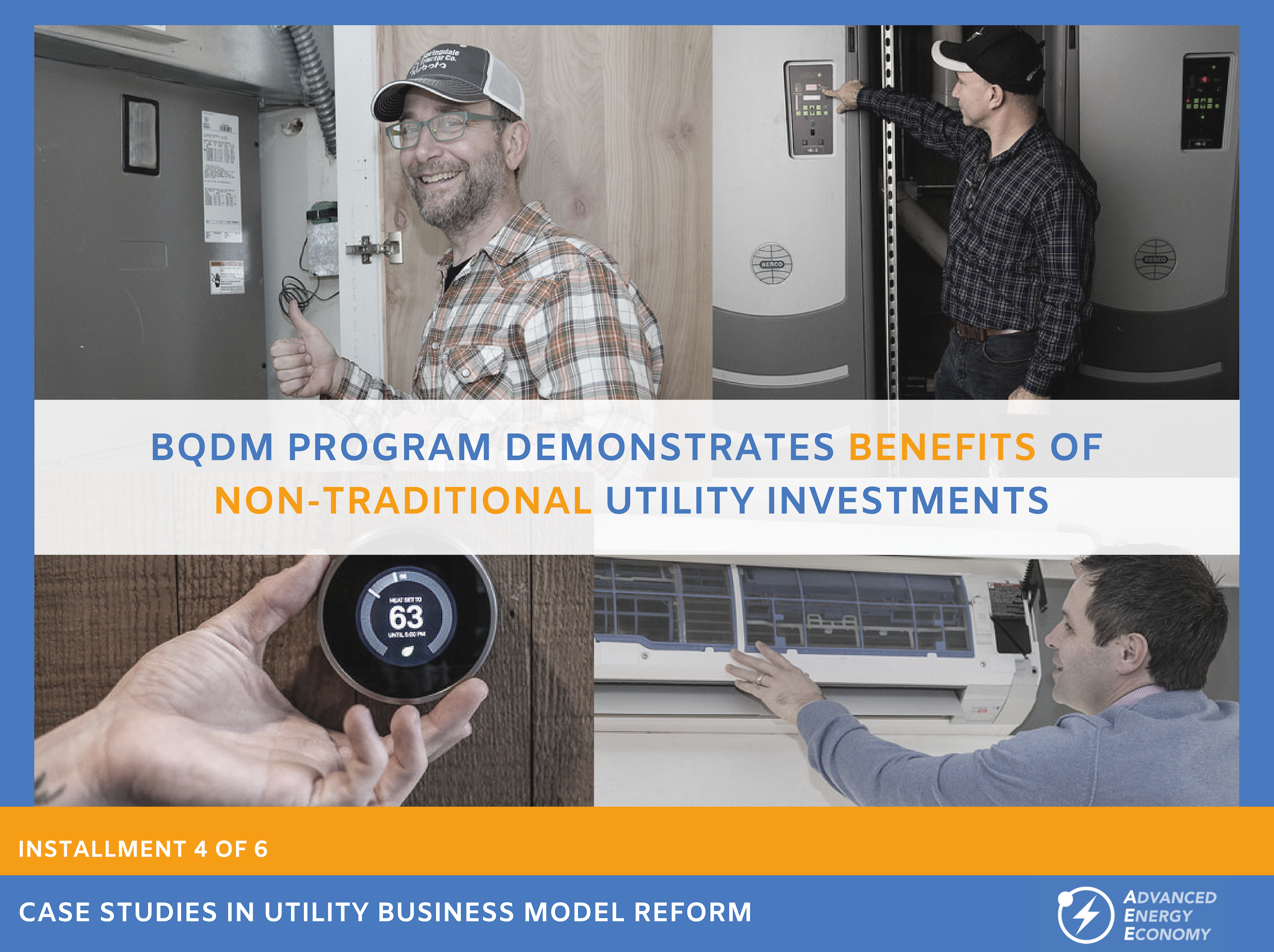/NY%20standby%20rates%20order-500.png?width=500&name=NY%20standby%20rates%20order-500.png)
Rate designs for distributed energy resources (DERs) remains a hot topic. States are taking different approaches, but some are better than others. Some states are making adjustments (typically reductions) to flat kilowatt-hour rates, such as net metering and buy-back rates, or adding/raising fixed charges that often focus exclusively on utility revenue without looking at DER from a total value perspective. DER can impose costs on the system, but it can also provide value, both to the utility and more broadly to the public, and rates and compensation should take both into account. In its continuing effort to comprehensively assess the value of DER and design rates accordingly, New York recently made some landmark adjustments that should provide fairer treatment for customers that have significant distributed generation facilities, such as combined heat and power (CHP) systems. The improved rate is also available as an option for all customers, including residential customers without DG, and is likely to be a good choice for customers with electric vehicles and certain types of DER.
/RIIO%20case%20study-500.png?width=500&name=RIIO%20case%20study-500.png)


.png?width=715&name=Copy%20of%20Case%20Studies%20in%20Utility%20Business%20Model%20-%20FINAL%20(1).png)